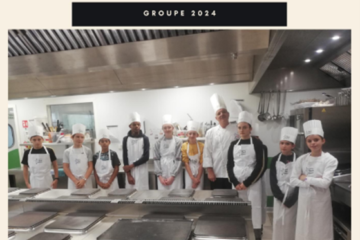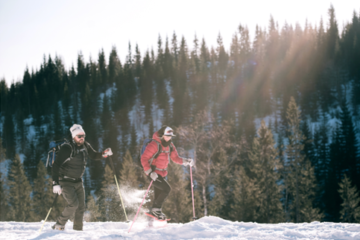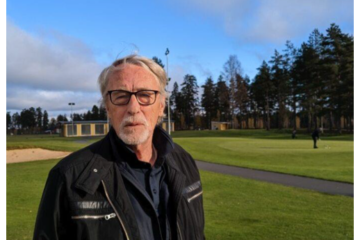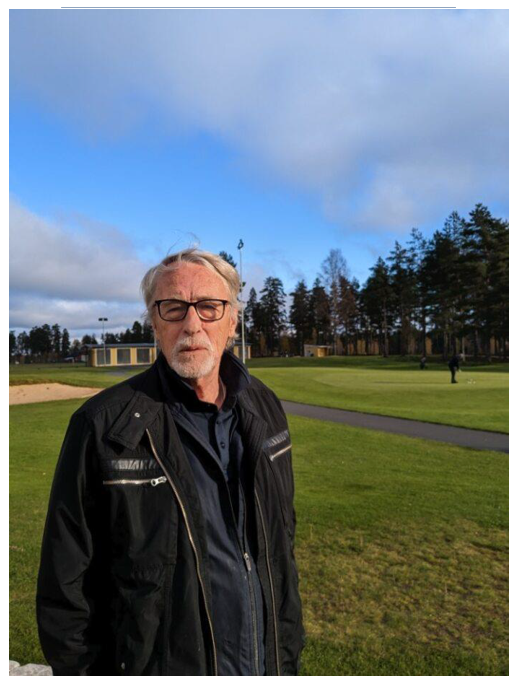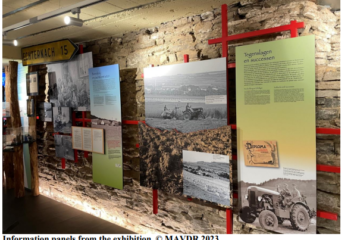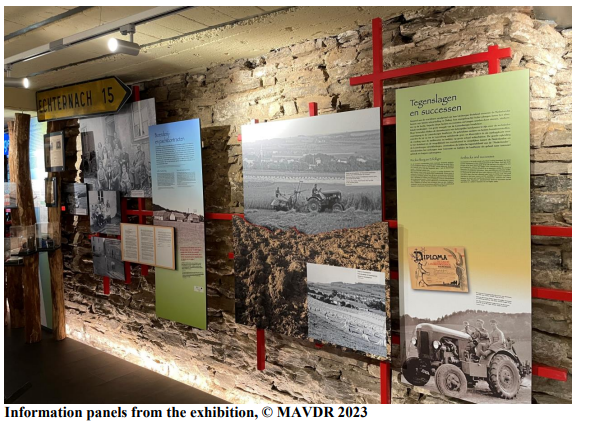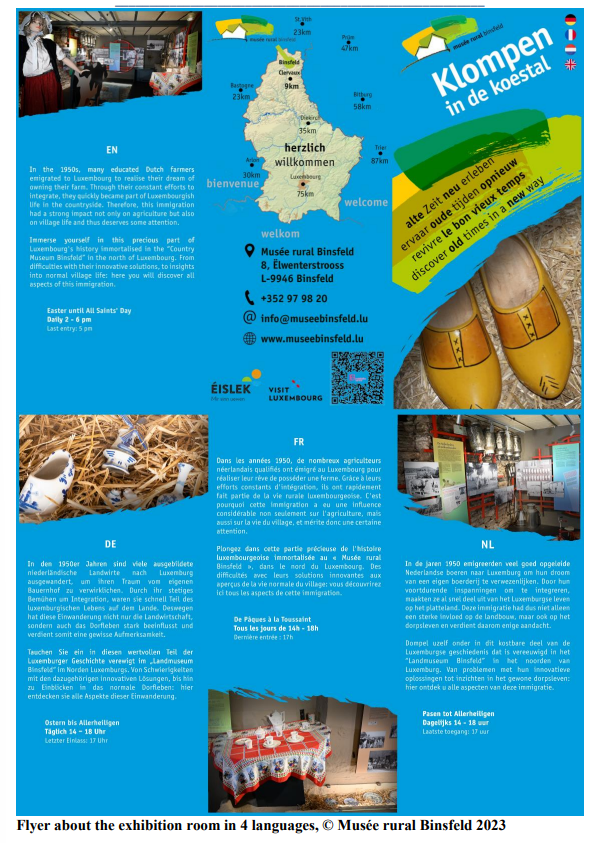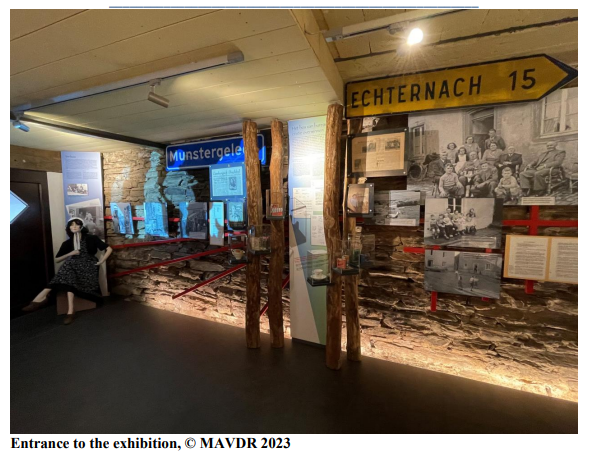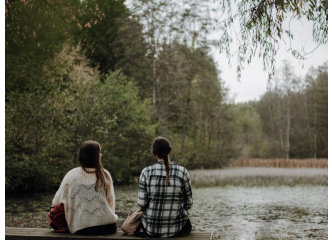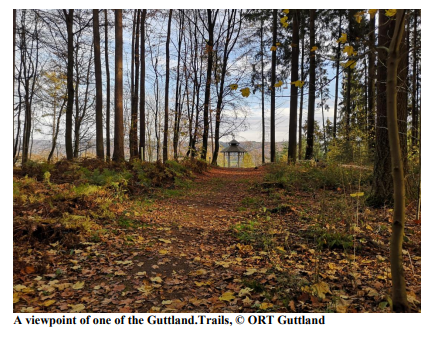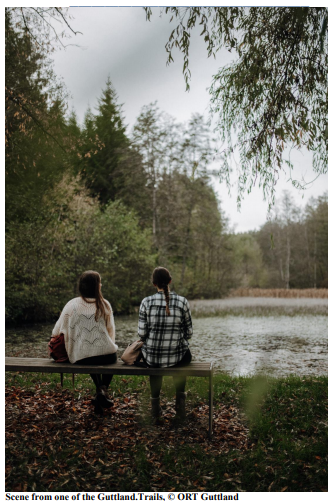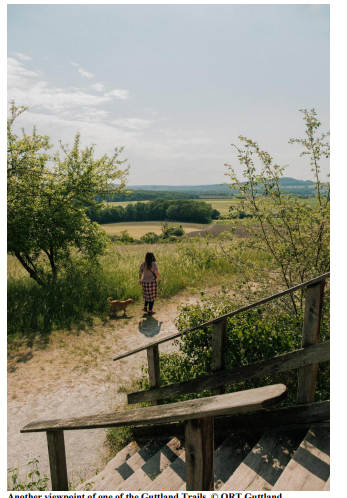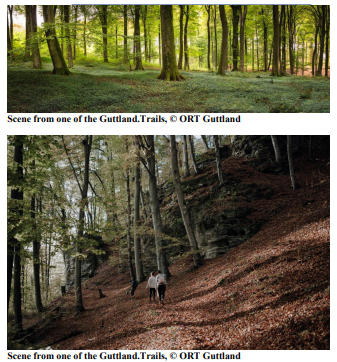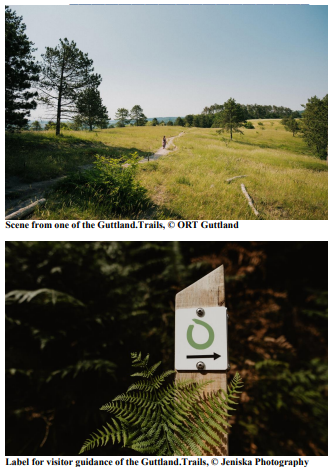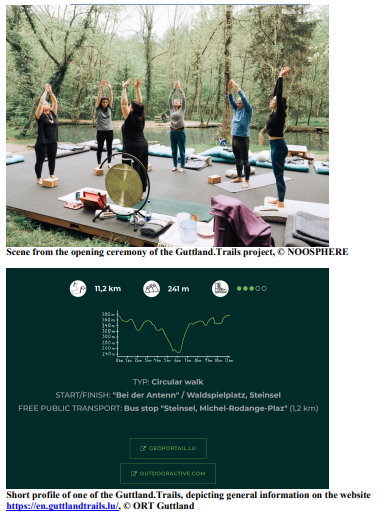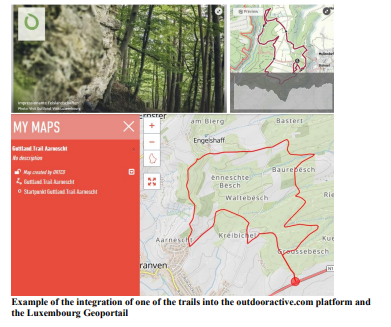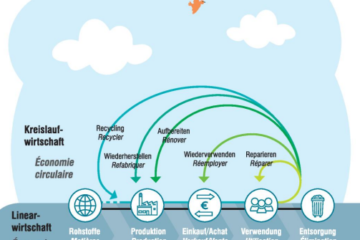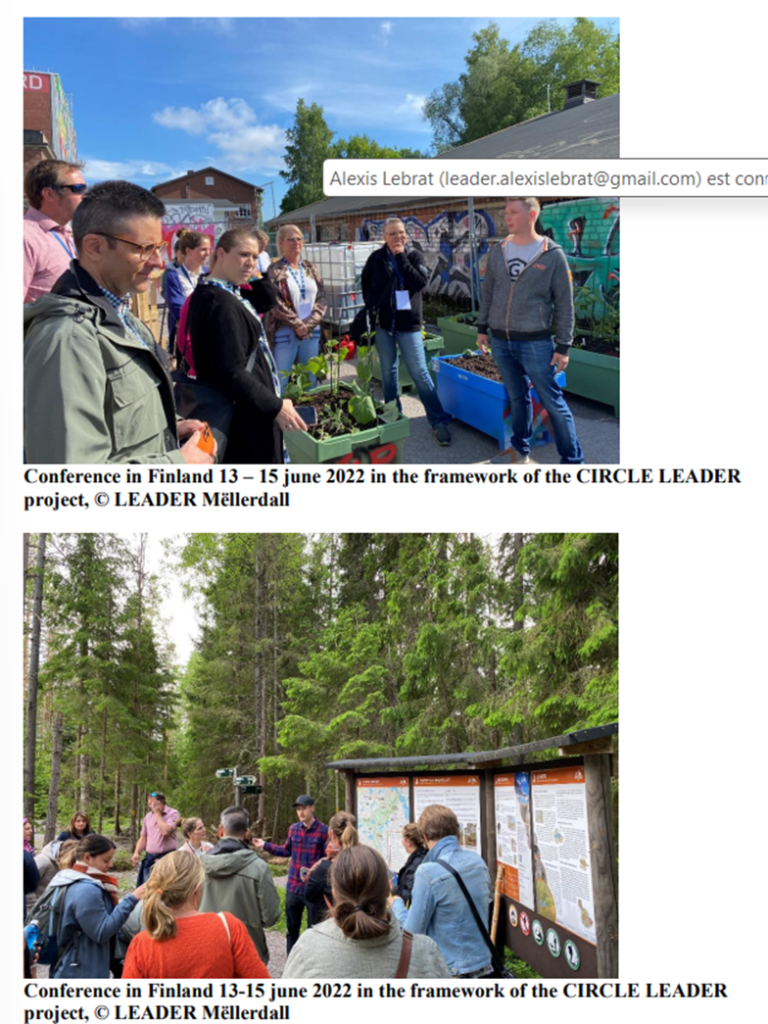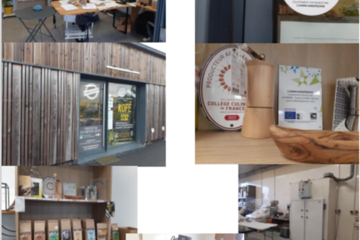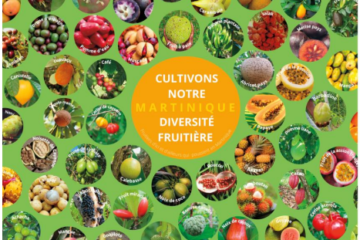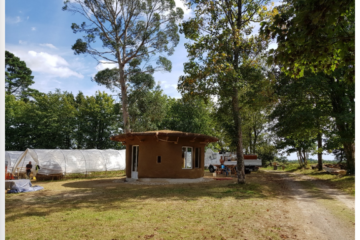France
Introduction
Aujourd’hui, le Centre de Formation et de Promotion des MFR des Garrigues du Pic Saint-Loup c’est plus de 10 offres de formations et 150 élèves accompagnés chaque année pour des métiers en lien avec le territoire du Grand Pic Saint-Loup. Le projet a émargé en 2016, l’association souhaitant mettre en place un Centre de Formation et de Promotion des MFR sur le territoire du Grand Pic Saint-Loup préfigurant l’implantation d’une Maison Familiale et Rurale afin de proposer des formations répondant aux spécificités du territoire et aux attentes en termes de main d’œuvre des acteurs locaux. Les besoins en formation du territoire identifiés pendant cette phase de mise en place sont centrés sur la question des circuits courts et des produits locaux. Il a été souhaité de développer en priorité des formations dans les domaines de la restauration traditionnelle et de la restauration collective, de la viticulture et du maraîchage biologique et de la transformation des produits .Ainsi, un plateau technique de cuisine pédagogique professionnelle a été conçu et mis en place à la MFR. Depuis janvier 2021, c’est plus de 60 apprentis qui ont bénéficiés de cet outil de formation
Présentation du projet
Le projet est implanté à Claret (34270) et a été présenté en deux phases.
1) Mise en place d’un Centre de Formation et de Promotion (CFP) des Maisons Familiale Rurale
L’association a souhaité mettre en place en 2016 un Centre de Formation et de Promotion des MFR sur le territoire du Grand Pic Saint-Loup préfigurant l’implantation d’une Maison Familiale et Rurale afin de proposer des formations répondant aux spécificités du territoire et aux attentes en termes de main d’œuvre des acteurs locaux.
Objectifs :
– Renforcer la qualification des jeunes en fonction des besoins actuels et immédiats de l’économie locale ;
– Offrir une réponse au décrochage scolaire ;
– Favoriser l’adaptabilité du public en recherche d’emploi. Afin de créer ce CFP, un emploi a été créé afin d’assurer le développement de l’association et déterminer les besoins en formation du territoire. De plus, les locaux ont été équipés (ordinateurs, tableau interactifs, …).
Ce projet a permis la création de postes (chargée de mission, coordinatrice action séniors et une service
civique) et la mise en place des premières formations.
2) Aménagement d’un plateau technique de cuisine professionnelle
La première phase du projet a permis d’identifier les besoins en formation du territoire, centrés sur la question des circuits courts et des produits locaux. Il a été souhaité de développer en priorité des formations dans les domaines de la restauration traditionnelle et de la restauration collective, de la viticulture et du maraîchage biologique et de la transformation des produits.
De ce constat, la deuxième phase du projet a permis de concevoir et mettre en place un plateau technique de cuisine pédagogique professionnelle dans le nouveau bâtiment exclusivement dédié à la MFR. Ainsi, les élèves ont accès, en plus de ce plateau technique, de salles de cours, d’une salle pour le restaurant d’application, et d’un internat.
Depuis janvier 2021, c’est plus de 60 apprentis qui ont bénéficiés de cet outil de formation et 80% d’entre eux ont trouvé un travail à la suite de la formation.
Perspectives :
Les perspectives à court terme sont de développer dès septembre 2024 une formation spécifique à la restauration de collectivité en partenariat avec un groupe de villages vacances.Les perspectives à long terme sont de proposer des modules de formations courtes sur la thématique de l’hygiène, des circuits courts et de l’écologie en cuisine.
Rôle de LEADER dans le projet :
Le rôle du Leader a été primordial dans ce projet. Il a permis dans un 1er temps de financer un poste de chargée de mission pour étudier la spécificité du territoire, les besoins en mains d’œuvre et les possibilités de réponse à la problématique de l’emploi. Dans un second temps, il a permis la construction d’une cuisine pédagogique moderne et adaptée sans lequel aucune formation n’aurait pu voir le jour. Cet outil a été le point de départ des demandes d’habilitations par les certificateurs et des demandes de financement.
Le caractère emblématique du projet
Caractère innovant / emblématique du projet :
C’est un projet fort sur le territoire qui répond à une ambition politique et à un besoin des habitants.
L’objectif était de s’appuyer sur le Leader pour mettre en place un outil permettant de faire se rencontrer les personnes en recherche d’emploi et les entreprises en recrutement.
Lien avec la stratégie LEADER : Le territoire candidatait pour la première fois au programme LEADER pour la programmation 2014-2022. L’analyse AFOM a mis en évidence une faiblesse sur le territoire : peu de formations professionnelles et de renouvellement du tissu économique. Un des besoins identifiés était de former à l’offre d’emploi locale (adaptation/évolution), ce qui s’est traduit par un type d’opération « Soutien à la mise en place de formation en lien avec l’offre d’emploi locale » au sein de la fiche-action 2 « Entrepreneuriat et employabilité ». La création d’une nouvelle voie professionnelle notamment et la promotion des métiers présents sur le territoire du Grand Pic Saint-Loup sont des effets attendus de cette fiche-action.
Transfert à d’autres GAL :
Il y a plus de 1000 MFR dans le monde dont 450 en France mais aussi au niveau Européen. Elles sont regroupées par fédérations. Le partenariat engagé sur Claret a déjà permis au niveau des territoires voisins d’engager d’autres MFR comme celles de Castillon du Gard et d’Uzès au niveau du GAL Uzège Pont du Gard.
Des partages d’expérience peuvent être réalisés avec les territoires porteurs d’une démarche de création en lien avec les besoins du territoire, avec une explication de la méthodologie adoptée.
Photos
Site internet : http://www.mfr-garriguesdupicsaintloup.fr/
Formation cuisine en général: https://youtu.be/mRHlBCHtHrE
Formation viticulture : https://youtu.be/HOlp2nW_xQc
Formation Titre Pro: https://youtube.com/shorts/uAhXL_vK1FQ?si=rSFhFUwYpYLg2UCq
Formation CA cuisine : https://youtube.com/shorts/B2wLPqgtx_c?si=ReI2bOYB6-MoDfq6
Formation service : https://youtube.com/shorts/4X-AiUHg6_E?si=Lvya8x8rYhP3hfCz





Centre de Formation et de Promotion des MFR des Garrigues du Pic
Saint-Loup
Grand Pic Saint-Loup
Occitanie
